In an interview with CNBC, Atlanta Fed President Raphael Bostic emphasized the importance of combating inflation, which he deems as “job No. 1”. He expressed his readiness to bear the cost necessary to achieve the Fed’s target, underscoring the need for a more aggressive stance on rate hikes given the current economic scenario.
Bostic stated, “What we’ve seen is that inflation has been persistently high, consumers have been really resilient in terms of their spending, and labor markets remain extremely tight. All of those suggests that there’s still going to be upward pressure on prices.” His comments highlight the ongoing pressures that may trigger further inflationary spikes.
He showcased leaning towards a proactive approach in dealing with inflation, stating, “If there’s going to be a bias to action, for me it would be a bias to increase a little further as opposed to cut.”
Bostic remained confident in Fed’s policy measures, asserting, “There’s still a lot of confidence that our policies are going to be able to get inflation back down to our 2% target.” He made clear Fed’s determination to ensure this target is met, even if it means holding off on rate cuts until well into 2024.




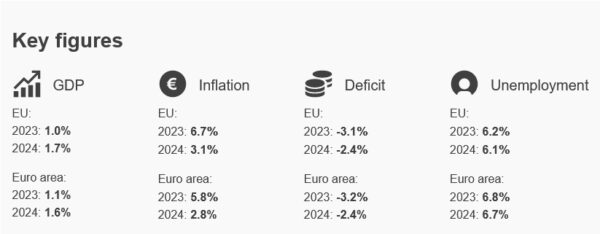
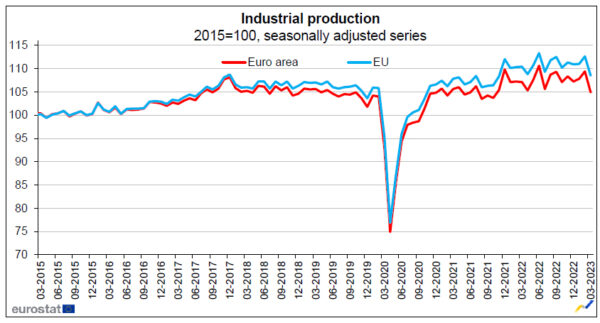
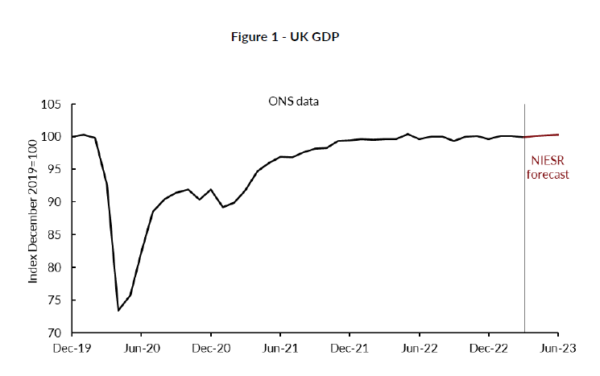
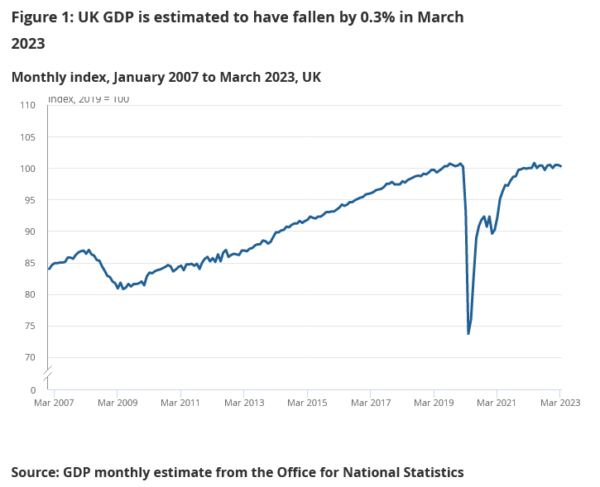
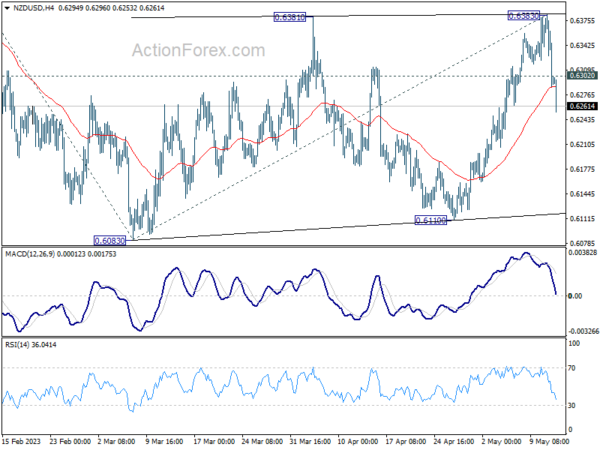
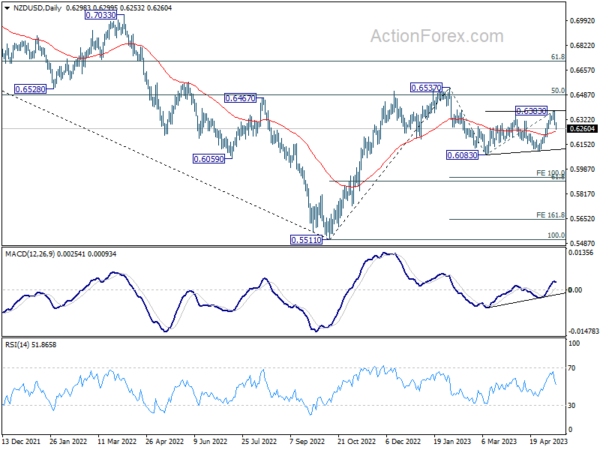
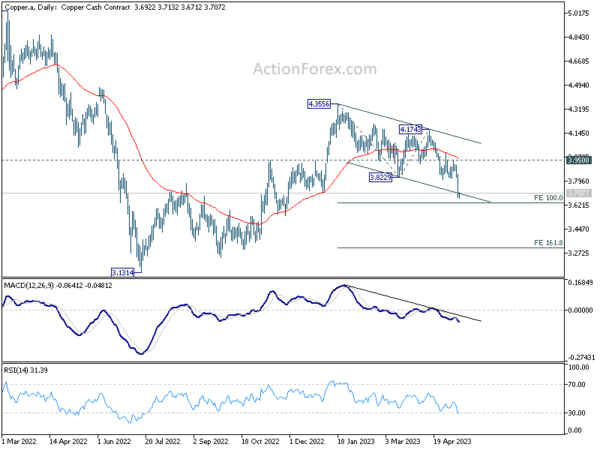
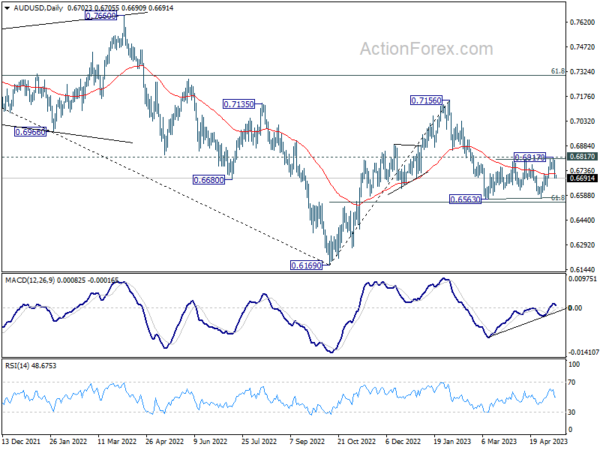
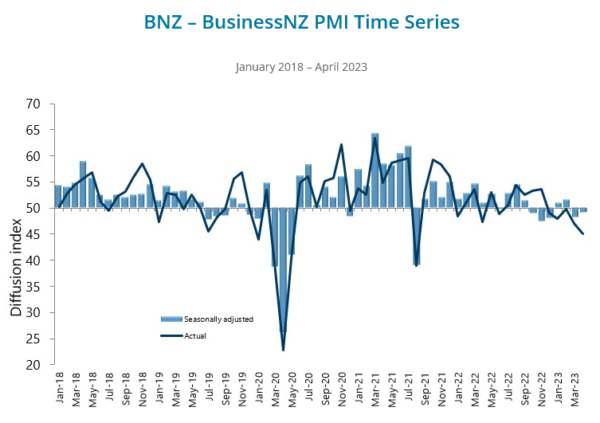
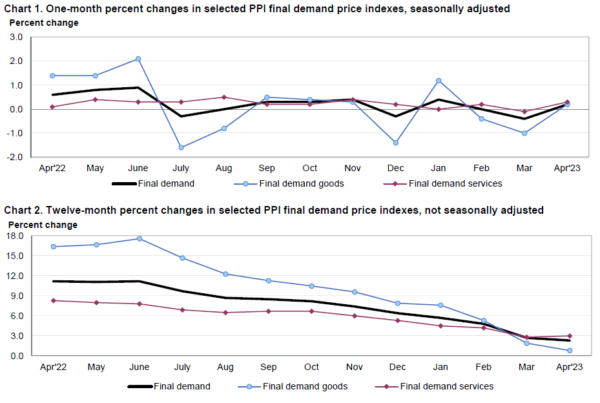
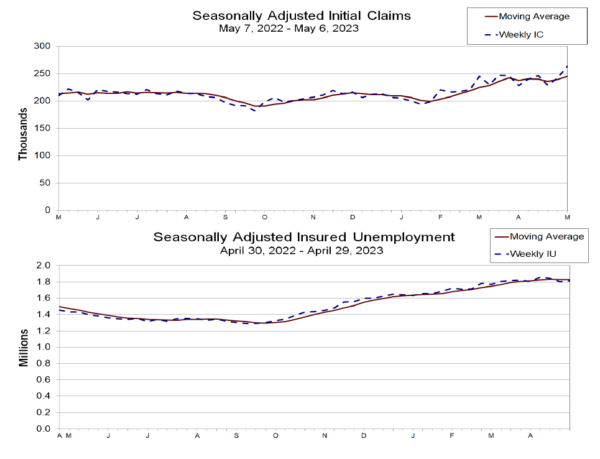

US Empire State business conditions index plunges, fueling recession fears
In a significant downturn, New York Fed Empire State Business Conditions Index plummeted to -31.8 in May, a drastic drop of -42.6 points from its April reading of 10.8. This disappointing figure significantly underperforms market expectations of -1.9, and any reading below zero signals deteriorating conditions.
This precipitous drop comes just a month after the index defied expectations with a 35.4 point surge to 10.8 in April. The recent plunge not only eradicates last month’s gains but also heightens concerns about a potential recession.
In parallel with the overall index, new orders sub-index fell a whopping -53.1 points to -28 in May, effectively erasing the sharp 46.7 point increase seen in April. Additionally, shipments index witnessed a substantial decline, falling -40.3 points to -16.4, negating the 37.3 point gain from the previous month.
Interestingly, amid this overall downturn, the six-month expectations measure managed to tick up slightly, gaining 3.2 points to reach 9.8.
Full New York Fed Empire State survey release here.